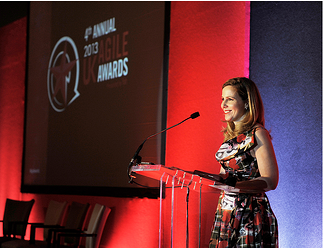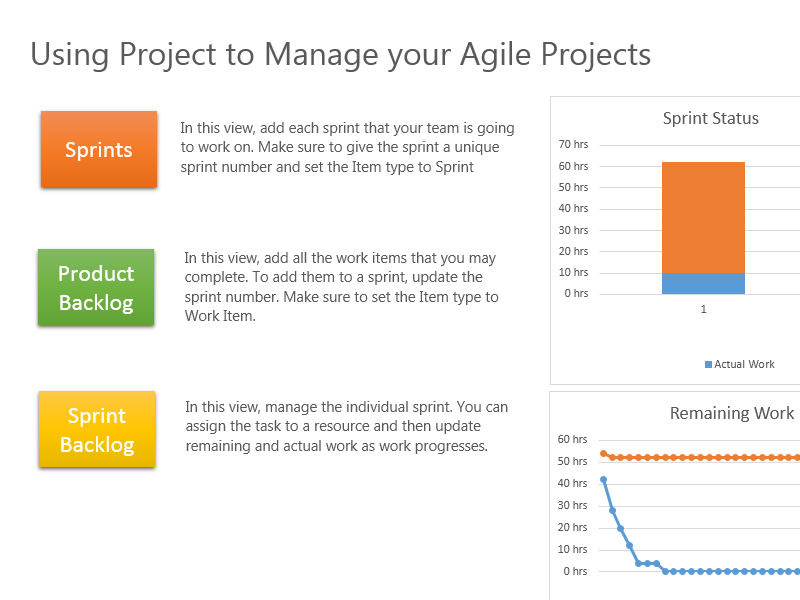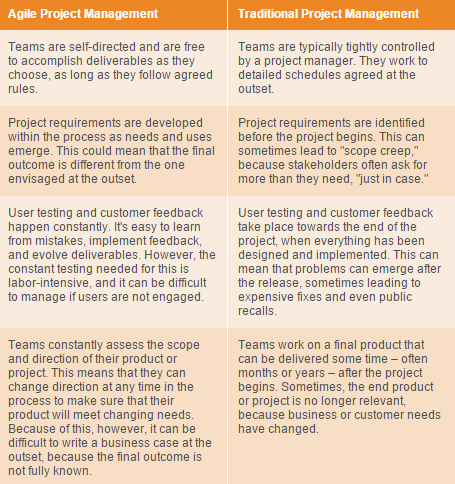 Tonight is the night we will meet the winners of the 2014 UK Agile Awards (#AgileAwardsWinner). Hosted by our Yoh UK division, this red carpet event recognizes the top Agile software developers. Regardless of what side of the pond you reside, or your native industry, there are three main reasons why you should familiarize yourself with Agile practices.
Tonight is the night we will meet the winners of the 2014 UK Agile Awards (#AgileAwardsWinner). Hosted by our Yoh UK division, this red carpet event recognizes the top Agile software developers. Regardless of what side of the pond you reside, or your native industry, there are three main reasons why you should familiarize yourself with Agile practices.
Mainstreaming Agile
The Agile Manifesto first came on the scene in 2001. The (infamous) guidebook rebutted previously used and overly regimented software development processes that dated back to the early 1980s and 1990s. This new Agile software development, which incorporates such methods as Scrum, Extreme Programming, DSDM, and Adaptive Software Development, allows for a more flexible and collaborative framework. In fact, out of nearly 1,300 IT professionals surveyed by Forrester in 2010, 35 percent of the respondents agreed that the Agile framework more closely matched how they typically approach a software development project.
What does this all mean in mainstream business? Queue in Agile Project Management. Sometimes referred to as extreme project management, the systematic approach to project management utilizes lean techniques to fast track the launch of a product or service. The result is open collaboration between departments, visibility into the project milestones, and often, a reduction in cost and resources. It has even been adopted by your not-so-usual suspects including IBM Marketing and Yoh marketing.
Where Agile Project Management Works
The reason Agile Project Management works so efficiently is because it allows a team to be both methodical and flexible in nature; consider it the yin to the yang. In industries where the market changes quickly or a top project goal is to have strict control over budgets and deadlines, Agile Project Management has proven successful. It's easy to see why when you do a side-by-side comparison of the Agile approach versus Traditional Project Management.
How To Start
When you think of Agile, think repeatable and proven project planning. Remember, there is likely to be a cross-over between the different divisions of your organization, and each person involved plays a vital role; even at the most basic level. Identify the roles and responsibilities of each team member at the start of the project. Assign deadlines to each detailed task and use Agile project management tools to map your progress. Here are some free Agile Project Management tools to get you started.

Courtesy of Microsoft Office



